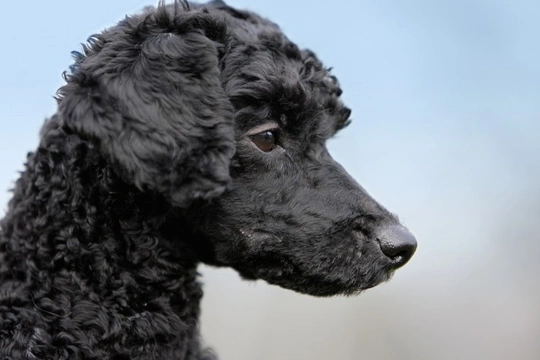
The differences between dog hair and dog fur
When it comes to the coat of dogs, the terms “fur” and “hair” are often used interchangeably, and while fur and hair are very much alike, there are also a reasonable amount of differences as well.
For some people, owning a dog that has hair rather than fur is preferable, as it is widely believed that dogs with hair, not fur, are less likely to trigger allergies in people who are allergic to dogs, and certain breeds of dogs with hair rather than fur are often lauded as hypoallergenic dogs, although there is a significant amount of debate over this issue!
The real difference between hair and fur comes down to length and texture rather than any true differences at the genetic level, but if you want to find out for sure whether your dog has hair or fur, and what the difference is, this article will explain things in more detail.
Read on to learn more!
Some example breeds
The texture of fur versus hair is rather different, and if you stood a dog with fur and one with hair side by side and petted them, this would soon become apparent. Some breeds that have hair include the Poodle, the Afghan hound, the Silky terrier, and the Havanese, while some particularly furry breeds include the Siberian husky, the Chow Chow, and the Pomeranian.
The basic makeup of fur and hair
Both fur and hair are constructed of a protein compound called keratin, which is also what makes claws and fingernails too! Fur and hair are pretty much the same on a genetic level, and while they can be quite different to the touch, and have different care needs as well, they are not particularly dissimilar.
Because people who are allergic to dogs are allergic to certain protein chains and compounds produced naturally by the saliva, skin and other areas of the body, and the hair or fur texture of any given dog does not really play any part in whether or not they will trigger an allergy. However, heavily shed fur will tend to trigger more allergies than fine hair that does not shed much, as hair and fur are the main culprits in spreading potentially allergenic protein compounds around.
The growth cycle of fur and hair
So we’ve covered the ways in which fur and hair are essentially the same-now we will look at the ways in which they differ.
One of the core differences between hair and fur is that hair is longer, and also goes through a slower growth cycle, which means is sheds less. Both hair growth and fur growth pass through several distinct phases as part of their growth cycle, and how long each phase takes is one of the core elements in telling hair from fur.
In order to explain the difference between the growth cycle of hair and fur respectively, we first have to understand the basics of each phase:
- Anagen is the first stage of growth, when a follicle becomes active.
- Catagen growth is the transitory phase, where the growth pauses and the sheath of the root itself bonds to the hair.
- Telogen is the inert phase where the hair is neither growing nor dying off.
- The exogen phase is when the follicle sheds the hair, and begins the cycle again. Generally, the exogen phase moves faster in the summer months, as part of the natural shedding process to lose the previous winter’s coat.
When viewing the coat of a dog and its growth cycle, hair goes through a much longer anagen phase, while coats that shed a lot and go through the whole process more quickly are classed as fur.
Texture
The texture of hair versus fur is also very different, and hair is generally longer and finer, and generally smooth and silky. Hair can be either straight, wavy or curly, and it is curly hair that leads to loose hair becoming trapped in the coat, along with dander, which often triggers allergies. Breeds with hair also only have one single layer, while breeds with fur may have two layers, called a double coat, or a topcoat and an undercoat.
Fur is almost always shorter in length than hair, and is denser, with more follicles per inch of the skin. Fur goes through a faster growth cycle, and so sheds more heavily, which in turn, leads to the spread of dander.
Conclusion
Essentially, fur and hair are the same thing, given different names to explain their various differences. However, saying that hair and fur are genuinely different entities would be like describing (human) hair that is curly as a different type of substance to hair that is straight.
Neither fur nor hair are truly hypoallergenic; dogs with either type of coat still produce dander, and the only difference in terms of the coat texture is how much or how little the coat traps this dander, and keeps it from spreading around.



